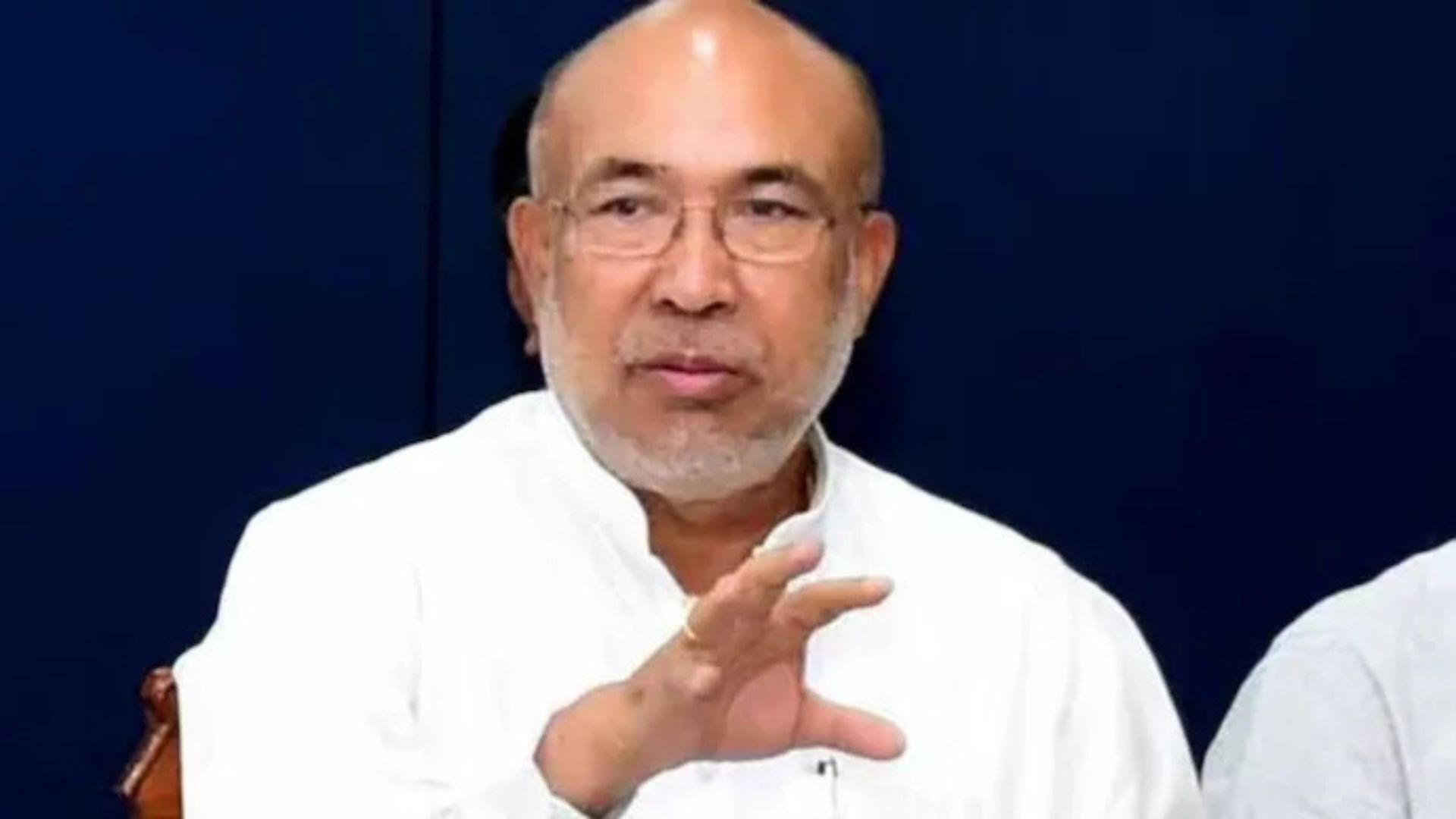
In recent times, a perception has been growing about how our intelligence gathering and policing machinery can do a better job of pre-empting and preventing internal disturbances. Ever since 2019, post the abrogation of Article 370, we have been witnessing a series of street-level disruptions, sometimes localized, while at other times spreading across the country like wildfire. These disruptions should have been preempted, but were not, perhaps for the lack of actionable intelligence. The trend started in 2019, with the protests against the Citizenship Amendment Act, that singed many parts of the country; simultaneously the Shaheen Bagh protests took place, eventually leading to the Delhi riots during US President Donald Trump’s visit. After that there was the big farmers’ protest that lasted for over a year and caused the most embarrassing security lapse on 26 January 2021, when mobs took control of Delhi’s streets and ran amok, desecrating even one of the most important symbols of India’s nationhood, the Red Fort, from where the Tricolour is unfurled on Independence Day. And this has continued in 2022. A train was set on fire in January this year in Gaya by railway examination aspirants; later, the Agnipath protests led to the damaging of public property including trains and saw attacks on common people; and then there was the violence unleashed by protesters against the comments made by a BJP spokesperson. In this context, let us also not forget the Udaipur beheading and the resultant communal tension.
Even those outside the security apparatus can easily detect a pattern in all that has been happening in the last three years. In all these cases, the violence appears coordinated and timed to spread at lightning speed across the country, leading to conflagrations in different clusters. The ire is primarily directed at public property and the public if they have the misfortune of getting caught in the turmoil. The aim seems to be to cause maximum damage in minimum time and spread a message of fear and anarchy. The broader aim seems to be to convey a sense of drift and instability to both citizens and to the wider world. In this anarchical exercise, the use of short messaging platforms like WhatsApp and Telegram to disseminate misinformation and disinformation—sometimes to trigger the unrest, or else to aggravate the situation—is key. Meanwhile, as if on cue, social media handles get active, with users from both inside the country and abroad amplifying such incidents in a manner that these are soon global news. And from there begins the business of narrative spinning, inevitably to show India as a cauldron of hatred. Much of the stoking of the internal fire is done by external actors.
By now the pattern is set and there is reason to link it to the revocation of Article 370, for the intensity of the exercise to defame India gathered steam only after the 2019 move. As has been noticed by some western commentators too, western media’s negative coverage of the current dispensation and India has increased exponentially only after August 2019. So obviously there is an external hand at work in many of these incidents.
But what should be a matter of concern for all of us is the intelligence failure at certain levels because of which this coordinated activity can take place. Take, for example, the Delhi riots. How did the police miss the kerosene bombs and rocks that had been gathered on terraces ahead of the riots at a time when the high-profile visit of the US President was taking place? What happened to intelligence gathering from the ground? Is this a case of sources drying up, what is known as “humint”, or human intelligence? If yes, why? And this is not about the Delhi police. Failure in policing happens in other places too, in fact in a much worse form. For example, in certain areas of Bengal the police’s writ doesn’t run, even as the political leadership turns a blind eye, as a result of which violence, once it starts, continues for days.
It is difficult to take heavy-handed action against the perpetrators of such incidents. It is also not desirable. But staying within the bounds of the law the message needs to go out that a soft state is not necessarily a weak state. Also, the intelligence gathering system needs to be better tuned to the realities of the time, so that the process of pre-emption and prevention works.















